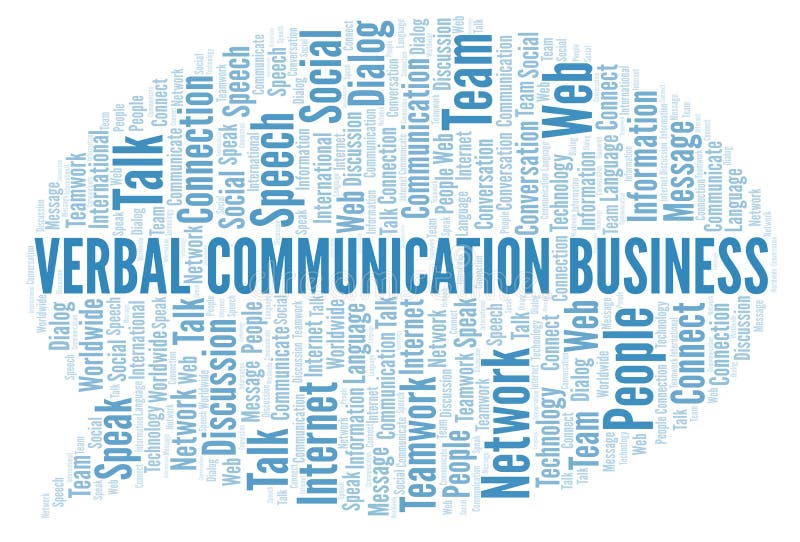Communication is a way of exchanging information among the living organisms. There are a number of types of communication through which this exchange. The forms of expression highly depend on the species concerned in communicating. There are various modes of communication within each living species, but this becomes even much more diversified when it comes to the human beings. In this article we shall look at the different types of communicating used by human beings.

Table of Contents
On interactive point of view
If we consider the interactive aspect of exchange, we can group the types of communication into five major forms:
Intrapersonal communication is a mode of exchange that occurs within us; this is usually referred to as Self-talk.
Interpersonal communication this term is used when we communicate on a one-to one basis-usually in an informal, unstructured setting.
Small group communication happens when a small number of people meet to solve a problem.
Public communication This is one of the types of communication whereby the sender-receiver addresses a message to an attentive audience. It requires one to have some special skills and pays an extra attention to the diverse personalities of the audience.
Intercultural communication takes place whenever two or more people from different cultures interact.
Ethical communication is a fair, honest, and respectful interaction form, which is considerate of others rights.
1. Face-to-face types of Communication
This is one of the types of communicating which is done directly between or among individuals, without an intermediate person or any networking device. There are three major parts in human face to face interaction which are body language, voice tonality, and words. According to the research:
- 55% of impact is determined by body language, i.e., postures, gestures, and eye contact,
- 38% by the tone of voice, and
- 7% by the content or the words used in the process.
2. Verbal or Dialogue communication
Although the exact percentage of influence may differ from variables such as the listener and the speaker, communicating as a whole strives for the same goal and thus, in some cases, can be universal. Three forms concerned are Verbal, Non-Verbal and Visual communication. We shall focus the attention of this article on the verbal communication.

A dialogue is a reciprocal conversation between two or more entities. The etymological origins of the word do not necessarily convey the way in which people have come to use the word, with some confusion between the prefix and the prefix leading to the assumption that a dialogue is necessarily between only two parties.
The basis of communicating is the interaction between people. Verbal communication is one way for people to communicate face-to-face. Some of the key components of verbal interaction are sound, writing, speaking, and language (listening).
Sound
At birth, most people have vocal cords, which produce sounds. As a child grows it learns how to form these sounds into words. Some words may be imitative of natural sounds, but others may come from expressions of emotion, such as laughter or crying. Words alone have no meaning. Only people can put meaning into words. As meaning is assigned to words, language develops, which leads to the development of speaking.
Speaking
Effective verbal types of communication involve the use of both speech and writing to transmit a message. While oral exchange is more effective in reaching a focused target audience, as it involves interaction and additional non-verbal cues to boost the speech, writing is necessary for reaching a large number of scattered recipients. Depending on the situation and the requirements, people use both the spoken as well as written channels for communication.
Through speaking we try to eliminate misunderstanding, but sometimes this is a very hard thing to do. Just as we assume that our messages are clearly received, so we assume that because something is important to us, it is important to others. As time has proven this is not at all true. Many problems can arise in speaking and the only way to solve these problems is through experience.
Speaking can be looked at in two major areas: inter-personal and public speaking. Since the majority of speaking is an inter-personal process, to communicate effectively we must not simply clean up our language, but learn to relate to people.
Listening

Some people do not pay much attention to listening as a communication skill. Equal importance should be given to listening and expression. Verbal communication cannot be effective unless the audience is good at listening and most of its content is forgotten after a presentation. Developing good listening skills is essential in verbal interaction.
In conclusion we can say that the communication is a vital social and cultural tool to human beings, basically for survival. There are many types of this form of interaction, but the most employed, is the verbal dialogue, mainly because it is the most natural and does not require special media. This article focused attention to the verbal and face-to-face exchange. We shall also look at the other forms in our next posts.
